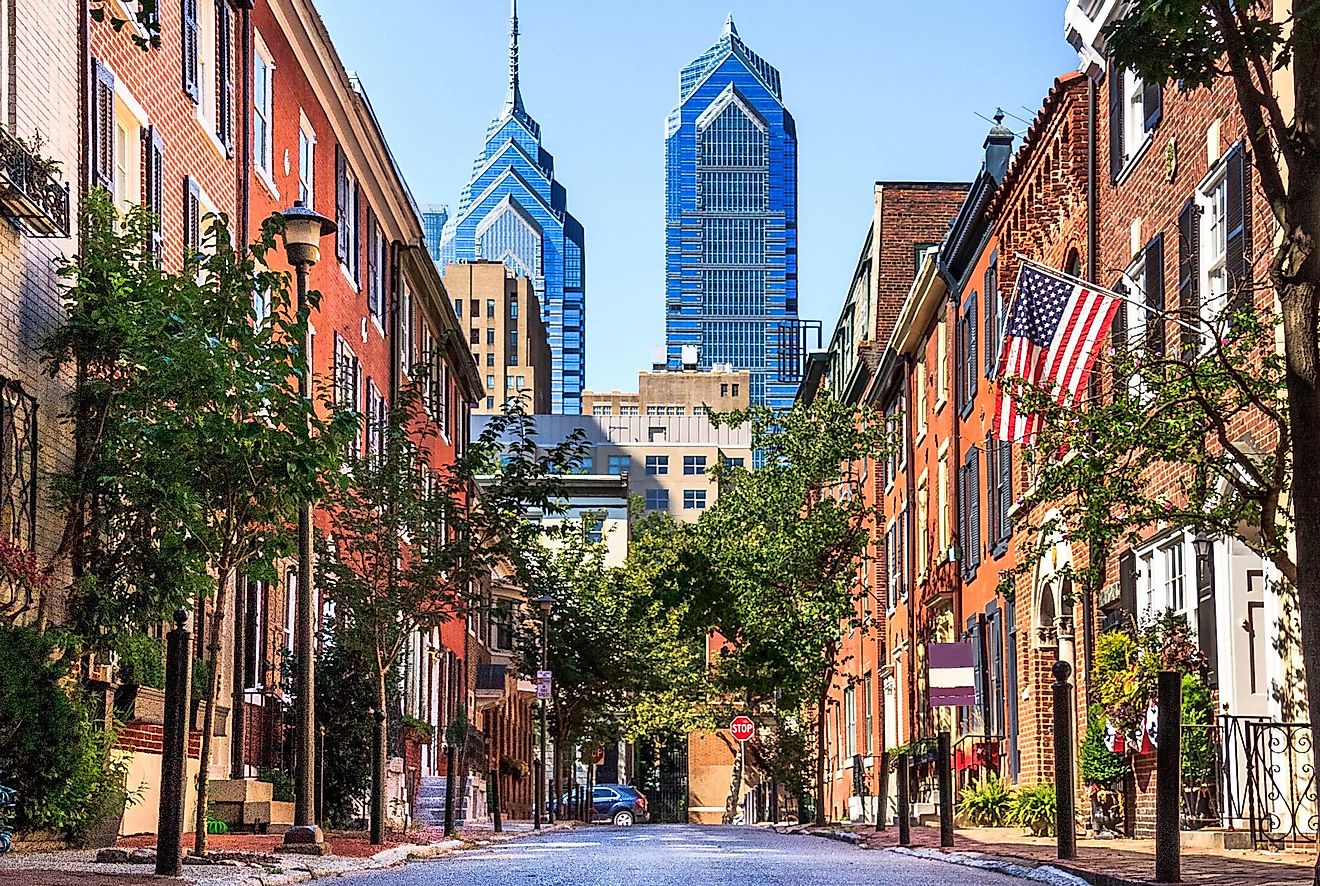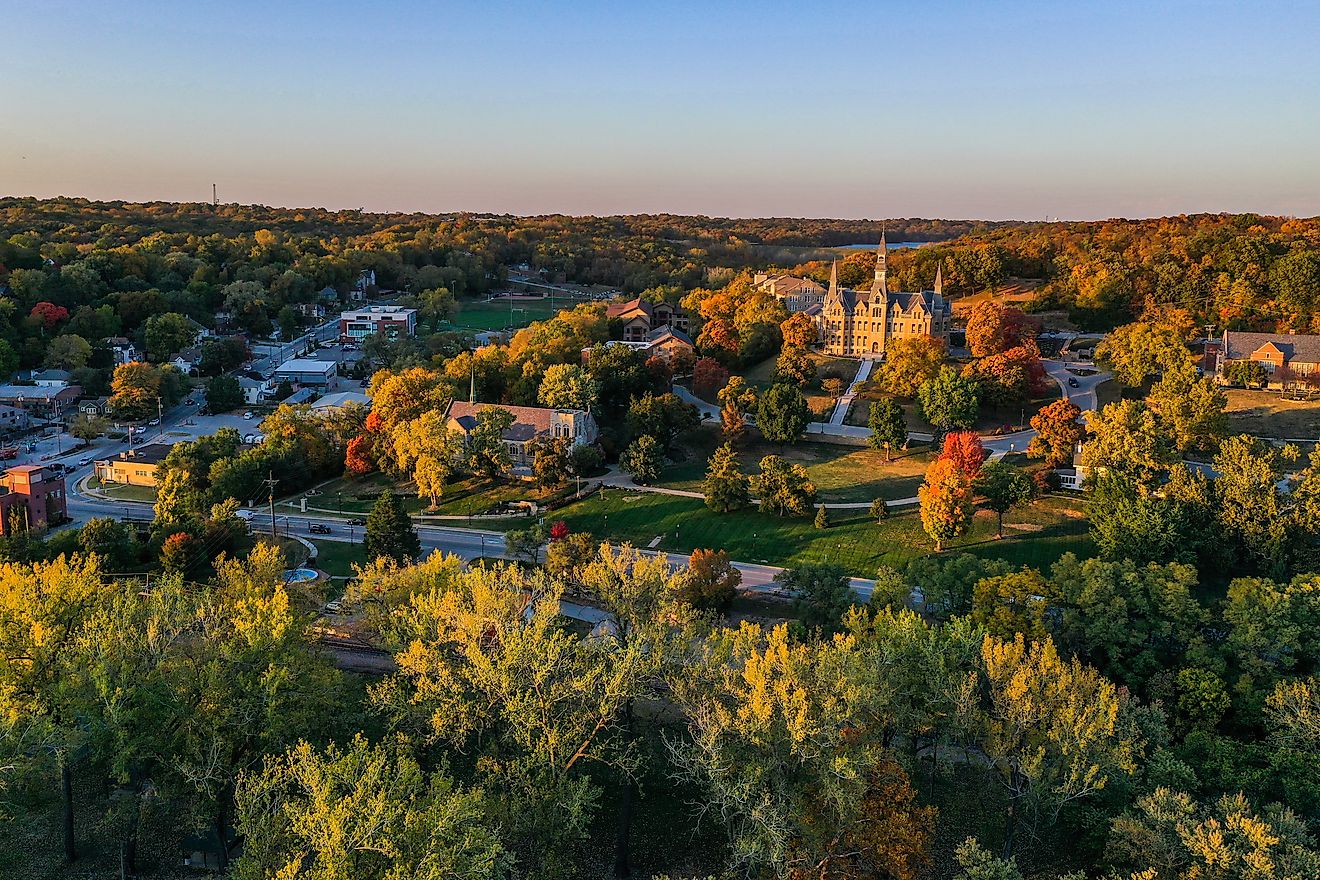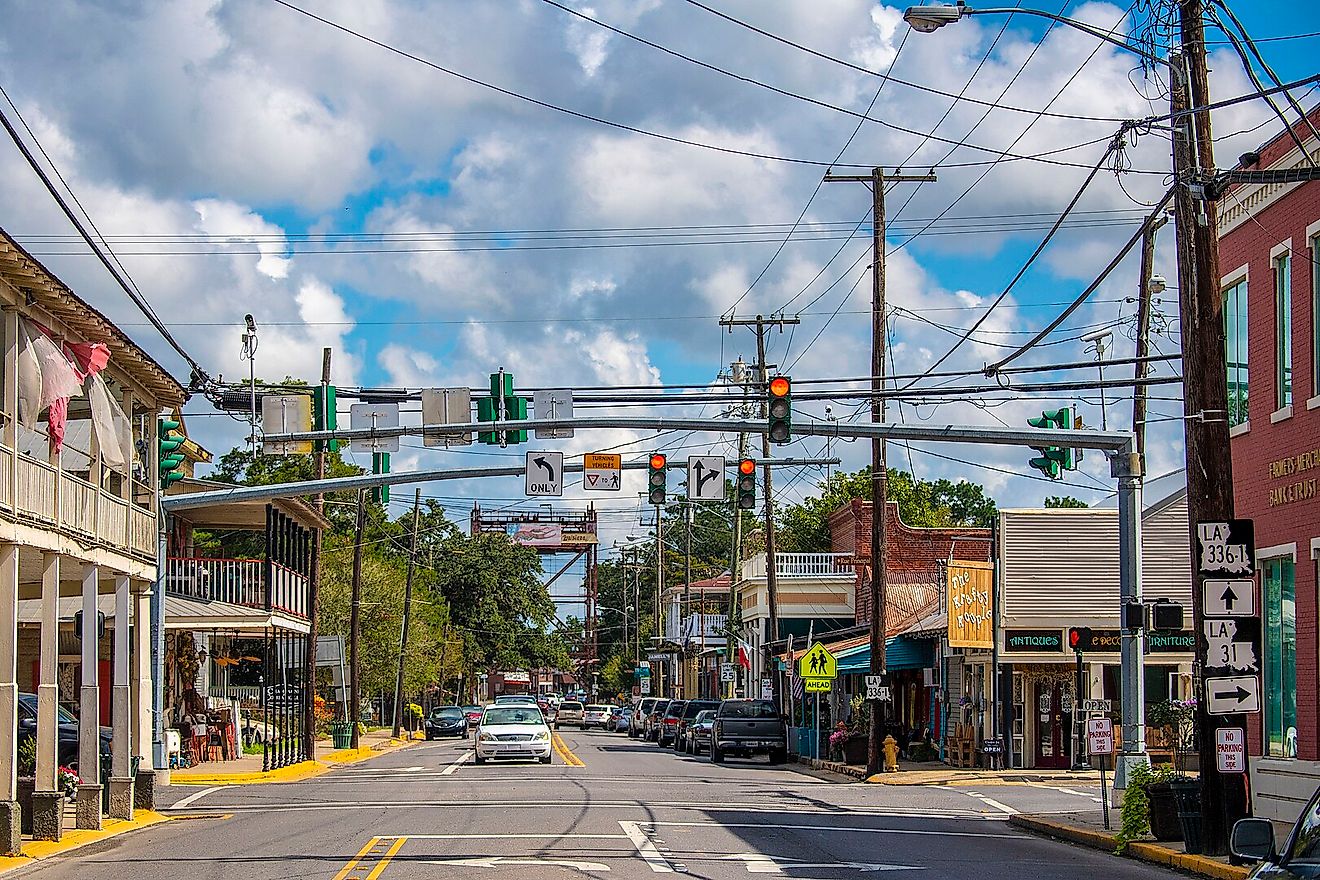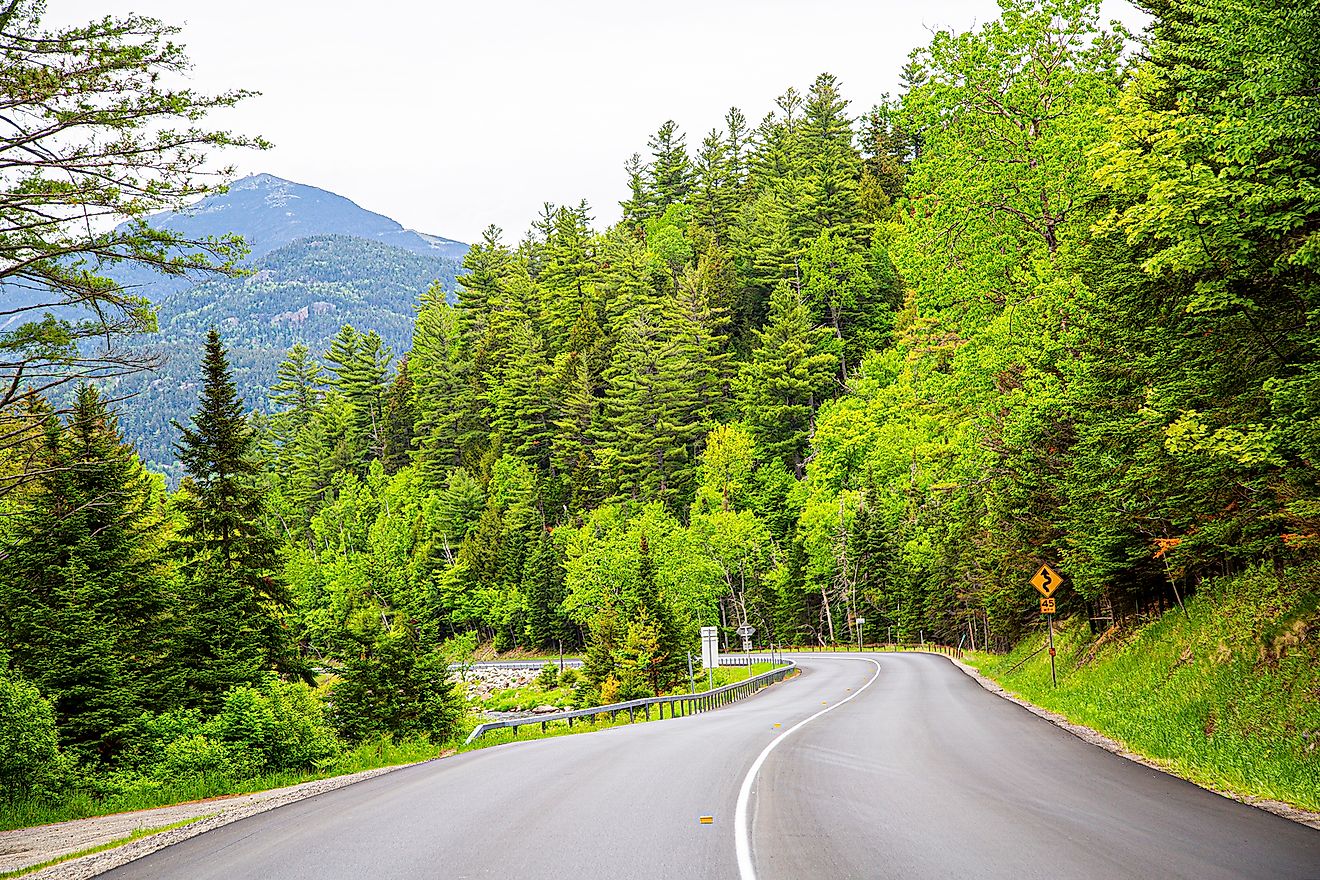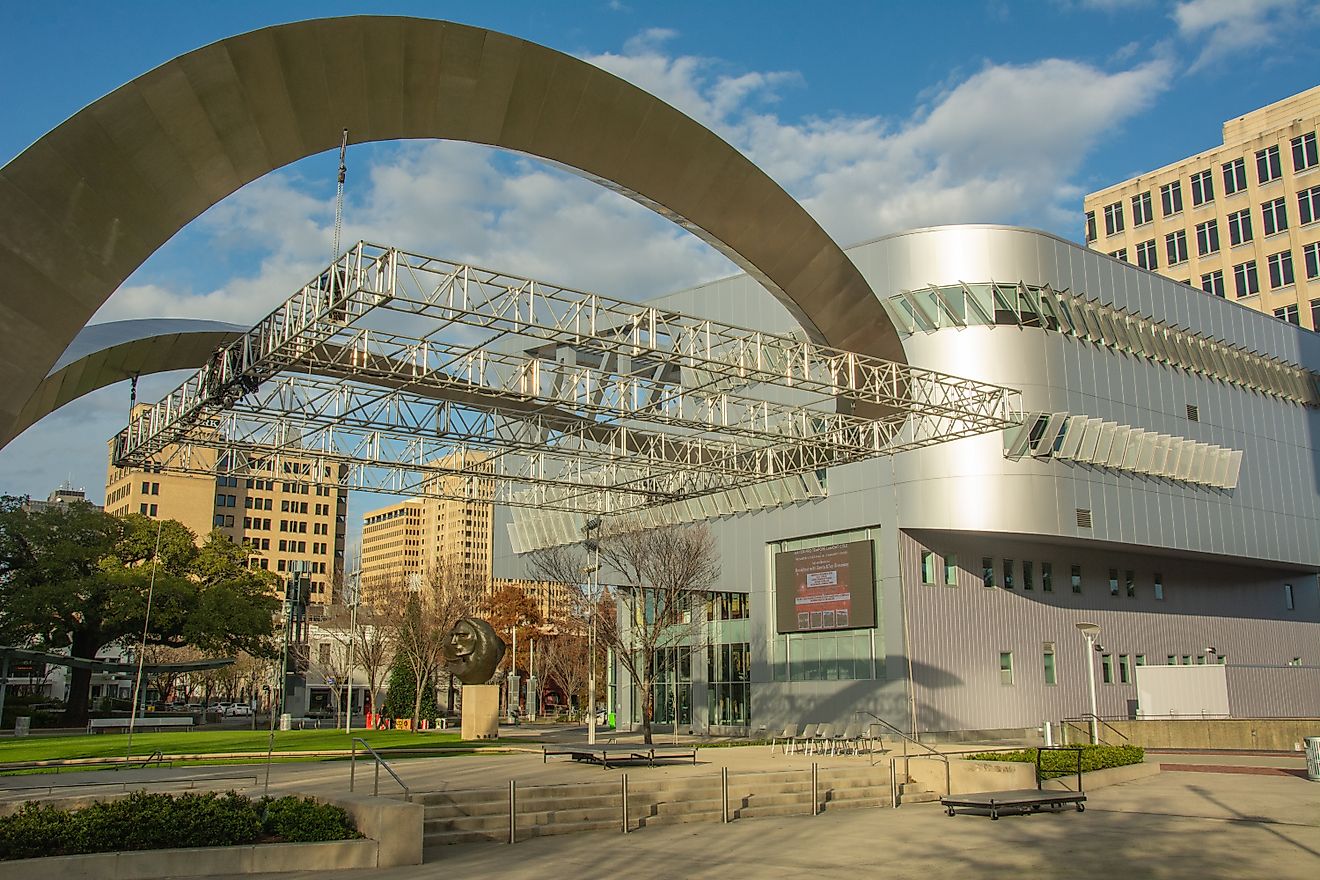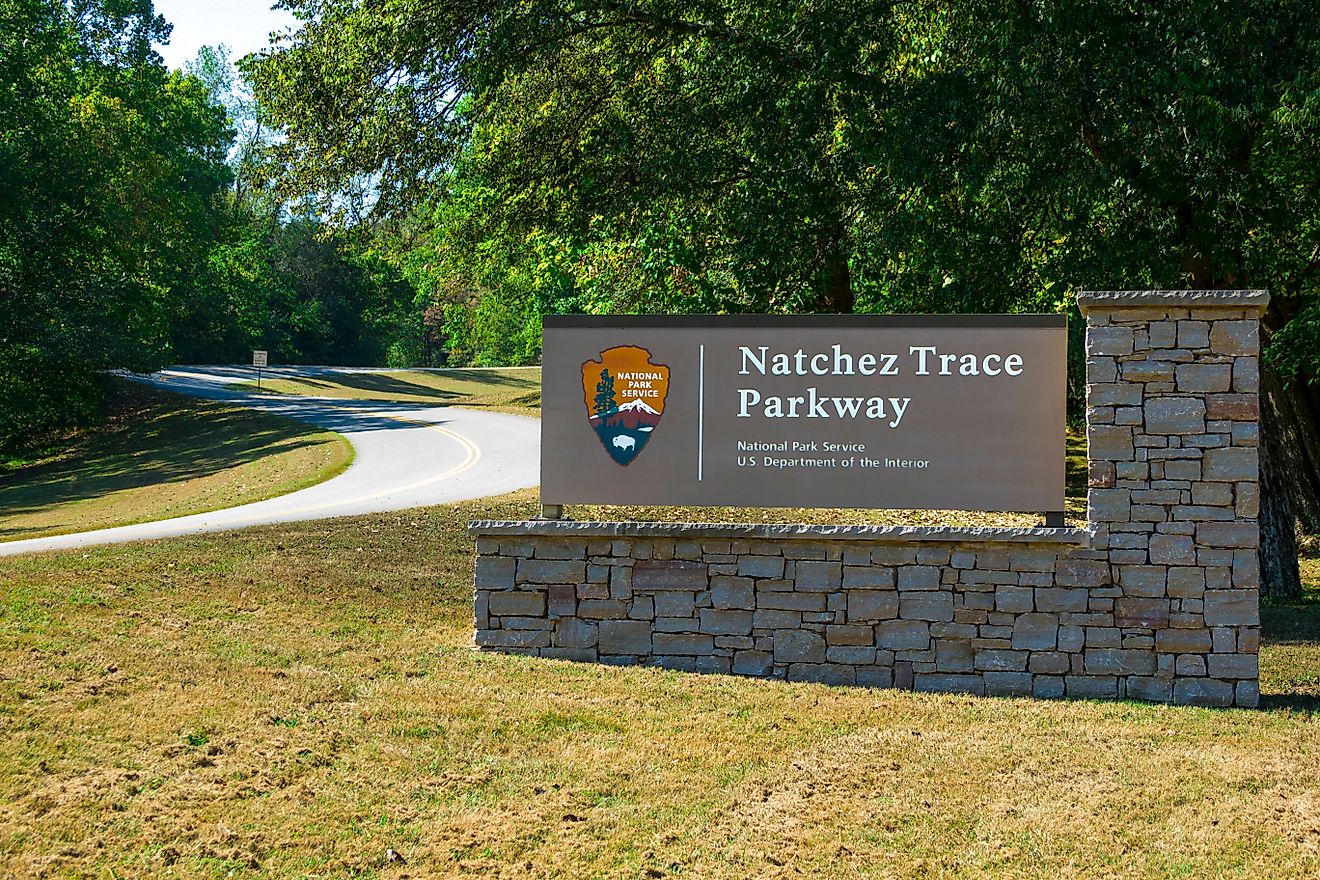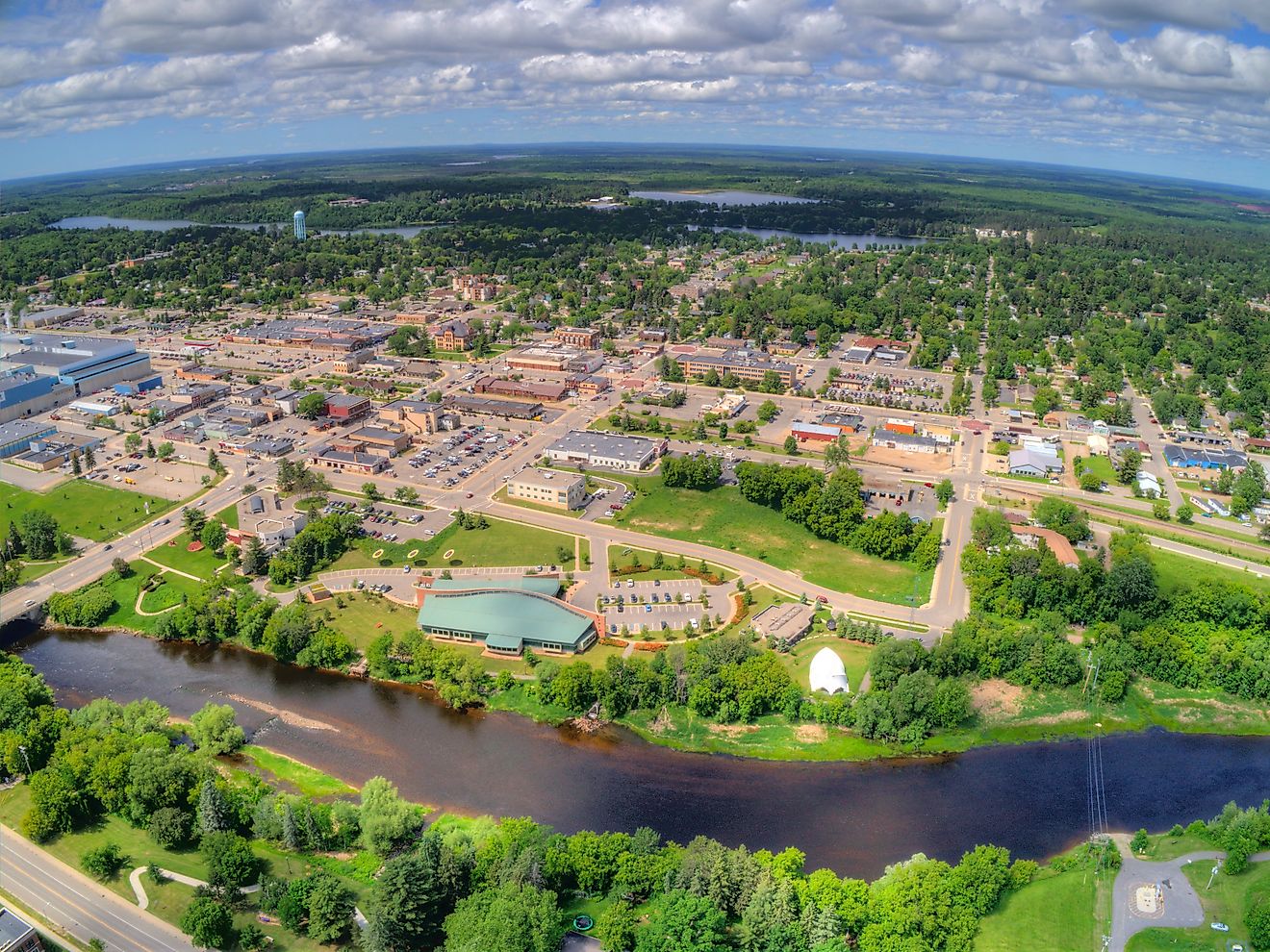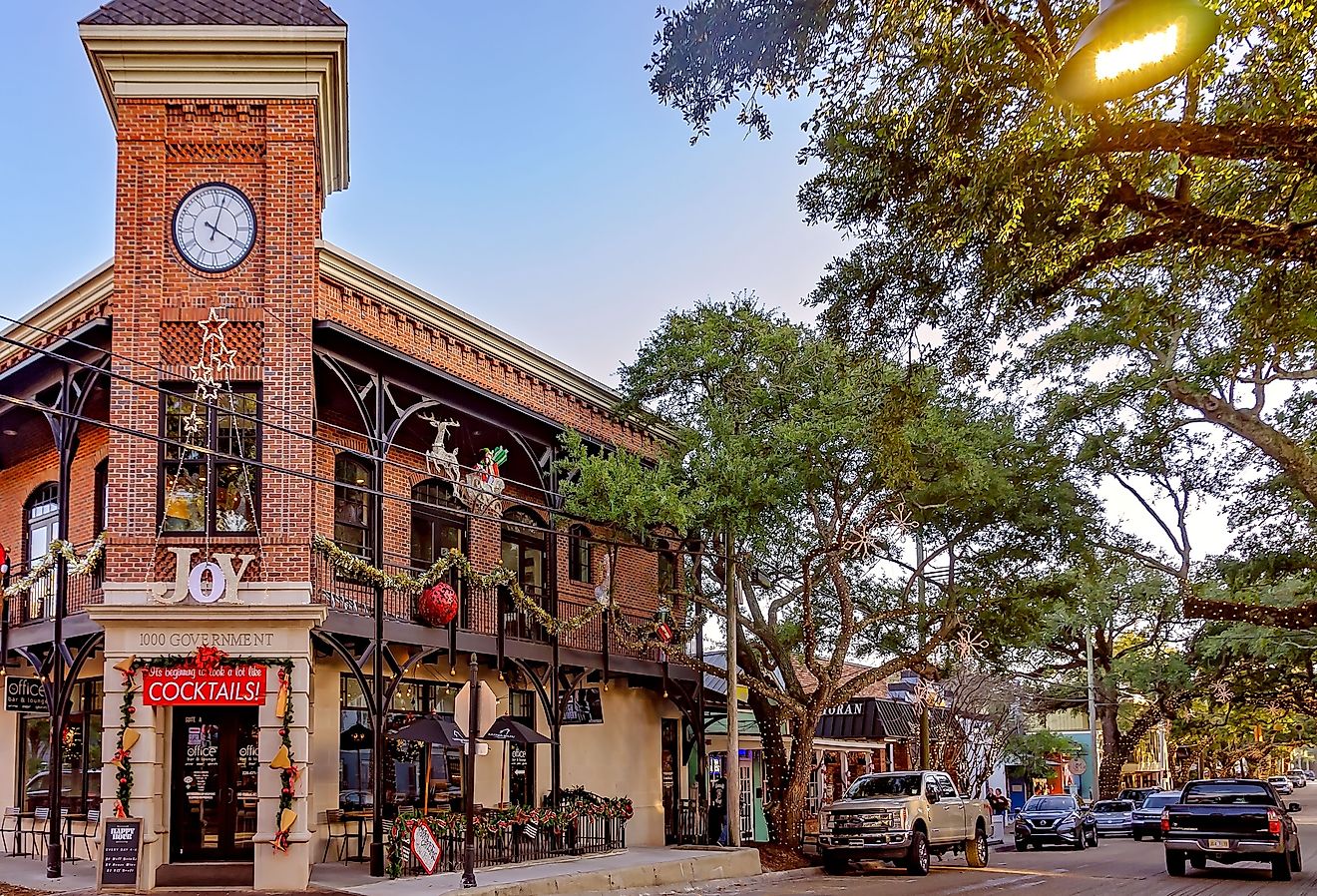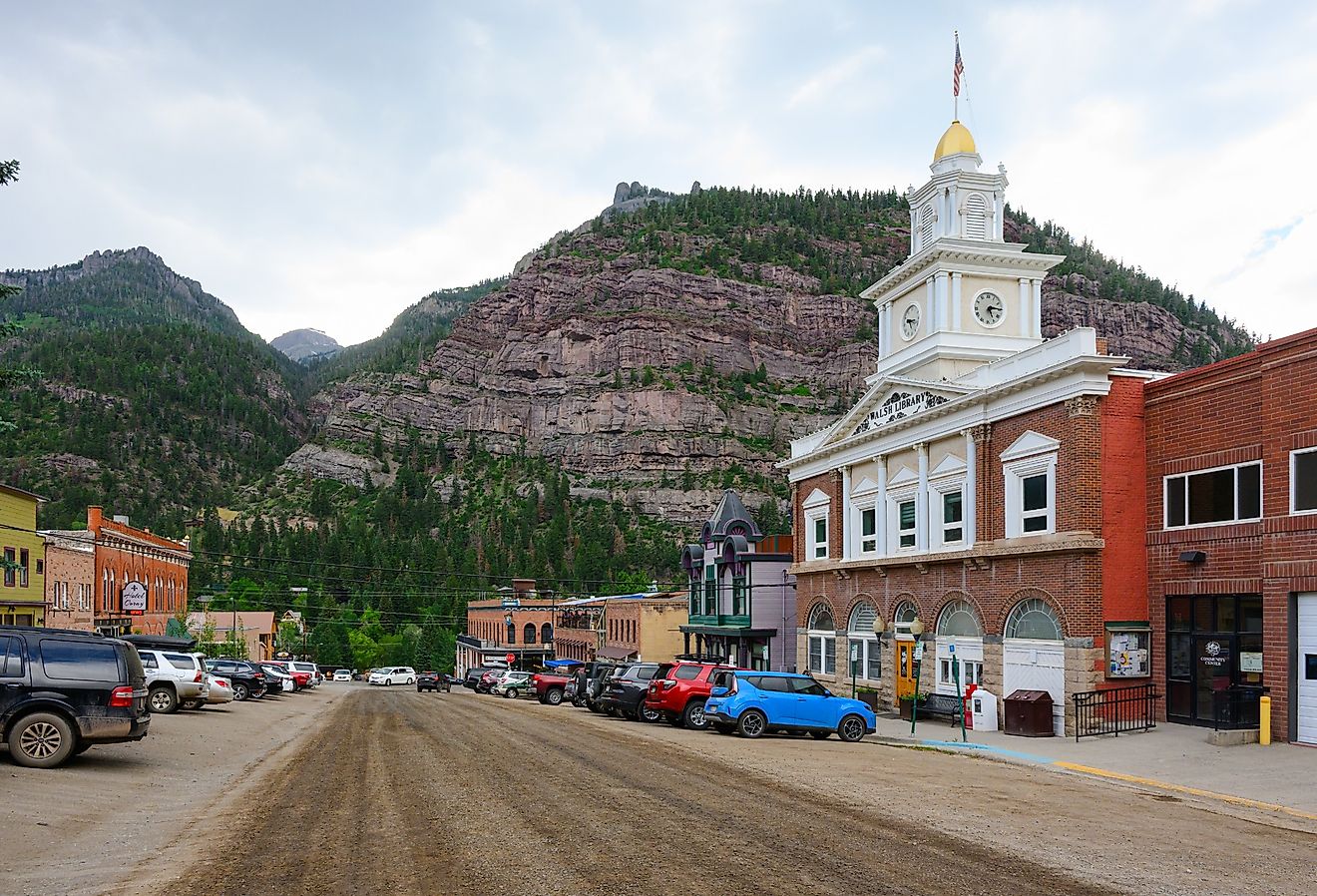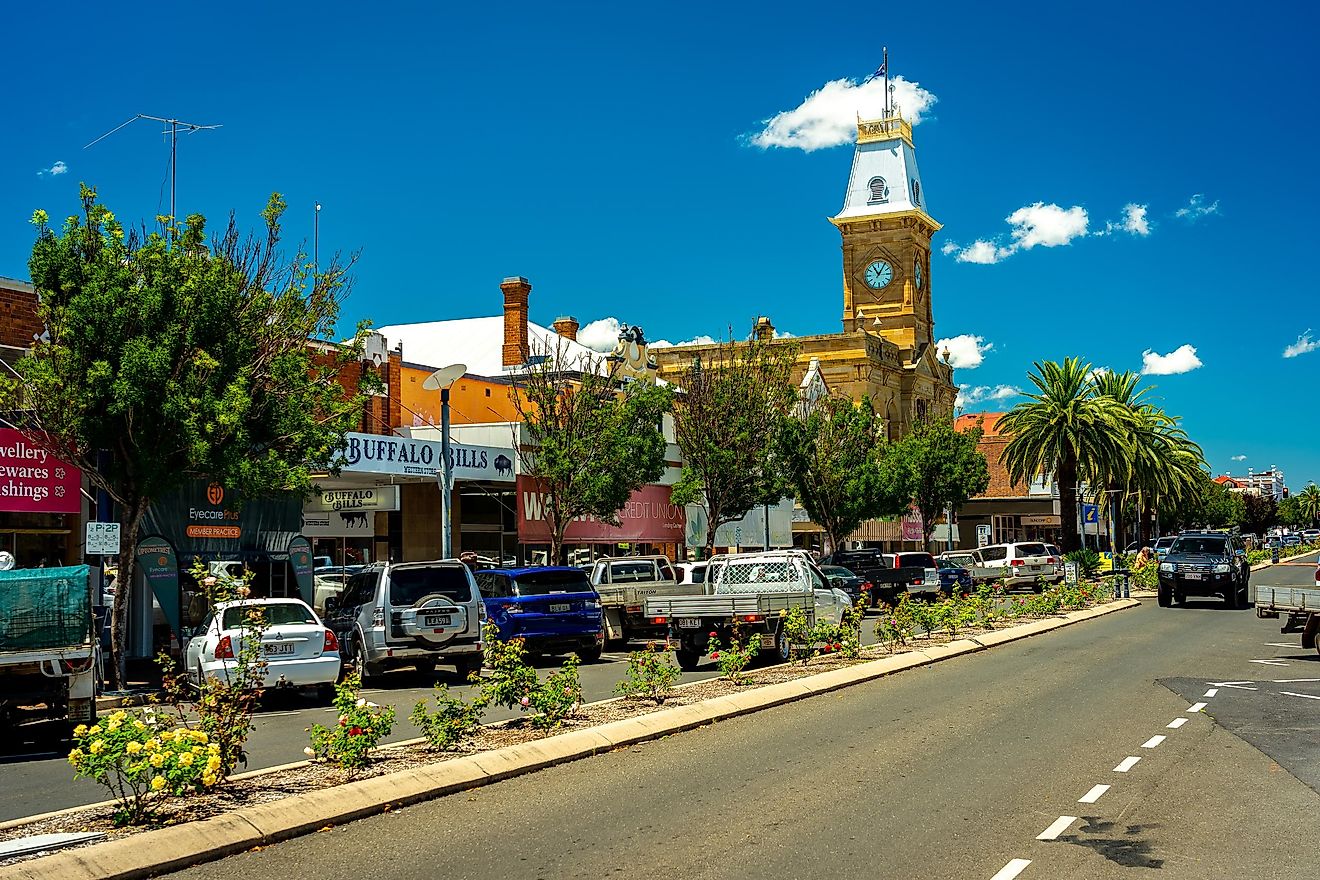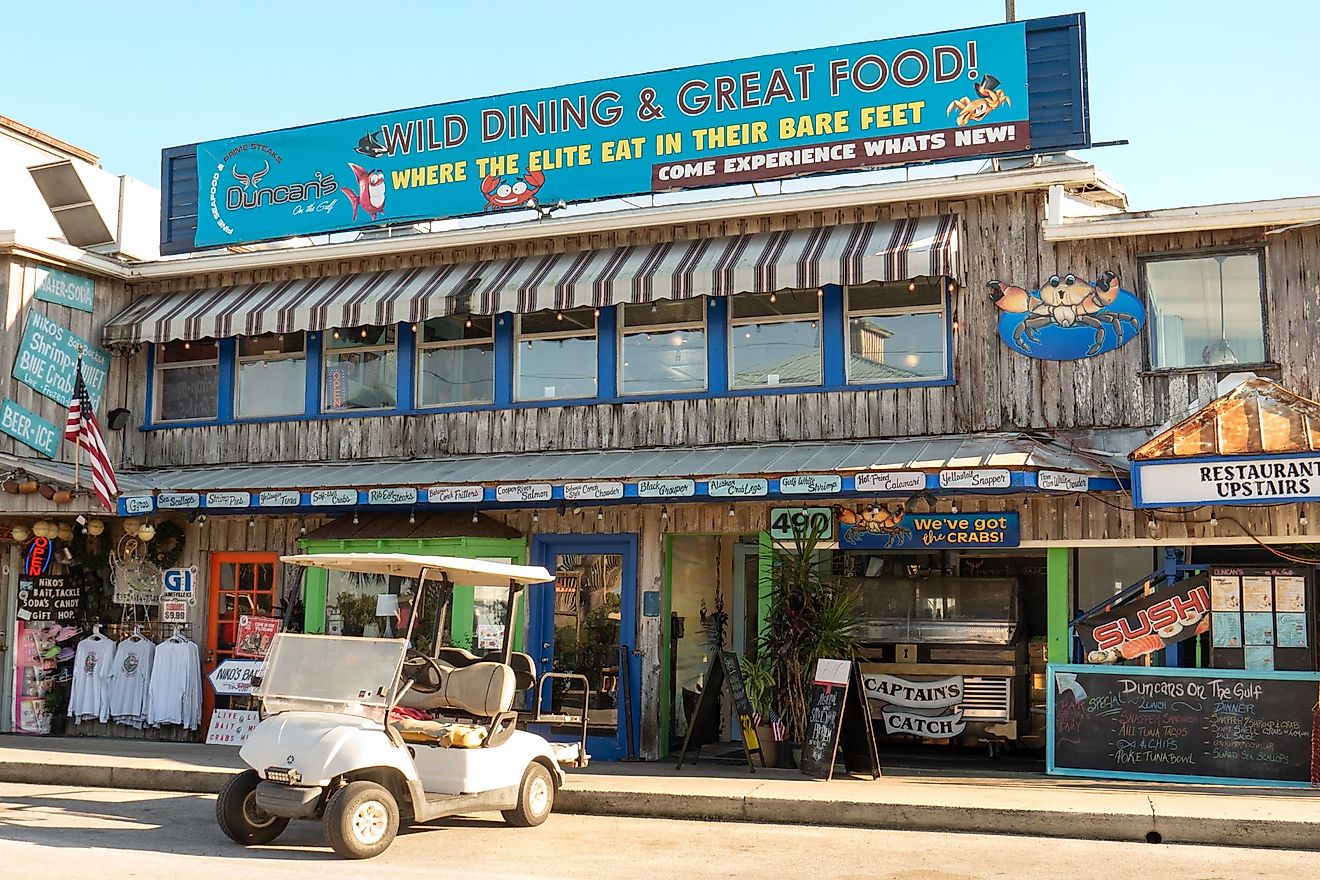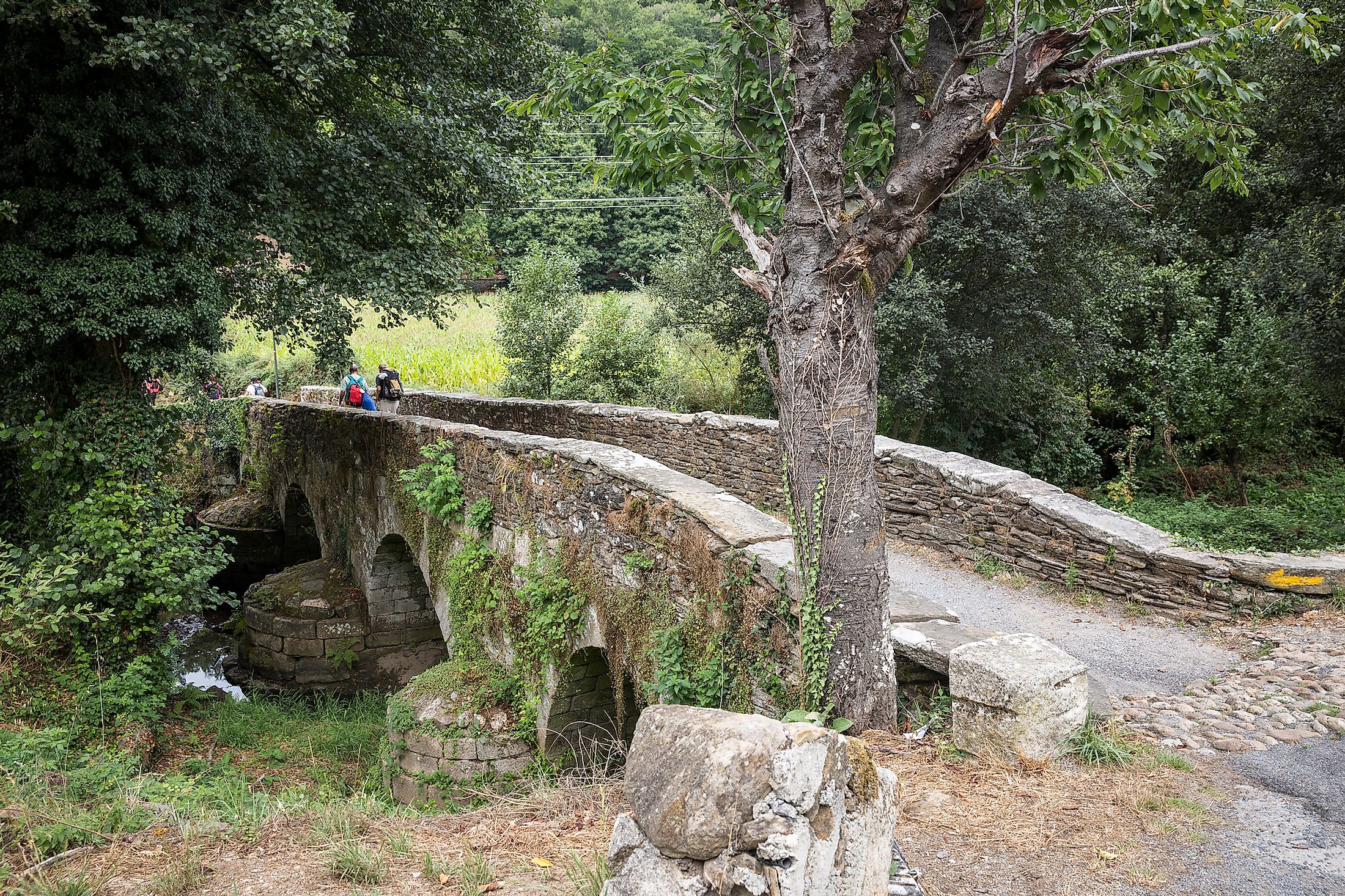
Sarria, Spain
The municipality of Sarria resides in the quaint and rolling countryside of Galicia in Northwestern Spain. Though it posted a 2018 population of only 13,345, it is the largest remaining stop along the Camino Francés (French Way) before reaching the traditional finish line in Santiago de Compostela. While this Camino de Santiago (Way of St. James) route begins all the way back in the small mountain town of St.-Jean-Pied-de-Port, France, Sarria actually marks the most commonly used starting point (i.e., over 1/3rd of participants) for what has become, by far, the most popular of all Spanish Caminoes. Sarria is 114 kilometers (71 miles) away from the remains of Saint James (supposedly held in the 13th-century Cathedral in Santiago de Compostela), 14 more than is minimally required to get an official certificate of completion, which ratifies a successful pilgrimage. The steadily increasing Camino-related tourism has been giving Sarria some new shape – building on its existing cultural heritage, satiating natural surroundings, and quiet gastronomic excellence. Let's delve a bit deeper into this traditional Spanish settlement.
The Geography Of Sarria
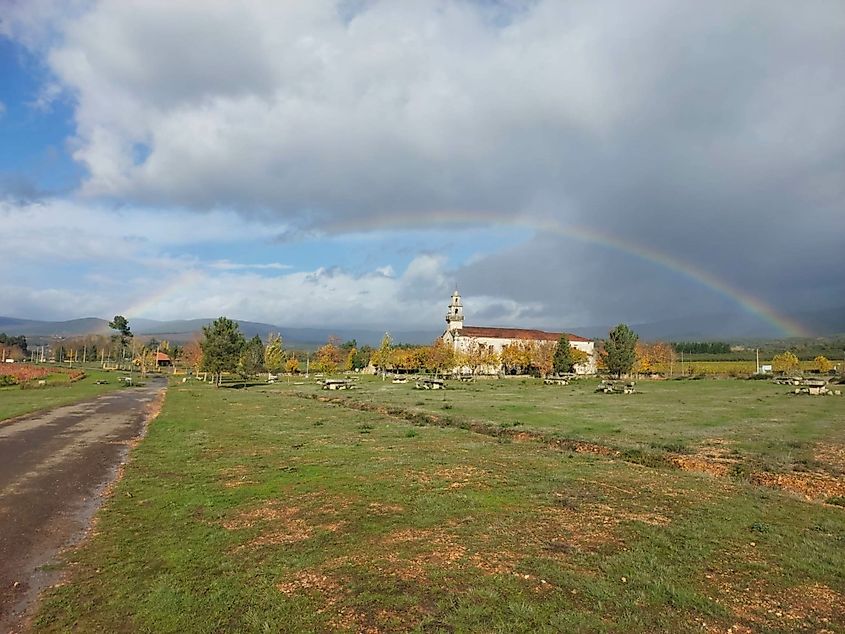
Sarria sits in the South-central portion of the province of Lugo. Lugo is the easternmost of four provinces within the autonomous community (the Spanish equivalent of a state) of Galicia, which is the northwesternmost political region in Spain, and nearly the whole of the Iberian Peninsula (it's just a sliver East of Portugal's Lisbon administrative division).
This rural community has been predominantly built along the Western shore of the Rio Sarria, at an elevation of 486 meters (1,594 feet) above sea level, in the green foothills just beyond the westernmost boundary of the Cantabrian mountain range. Sarria is roughly 30 kilometers (19 miles) South of the provincial capital of Lugo. It can be best reached by either flying into Santiago de Compostela (which receives some international flights or can be connected to via Madrid) and then taking a bus (about 120 kilometers/75 miles East), or by flying into the nation's capital (just over 500 kilometers/311 miles Southeast of Sarria) and taking the train, which stops at the cities of Valladolid and Ourense en route.
A Bit About The History And Culture Of Sarria
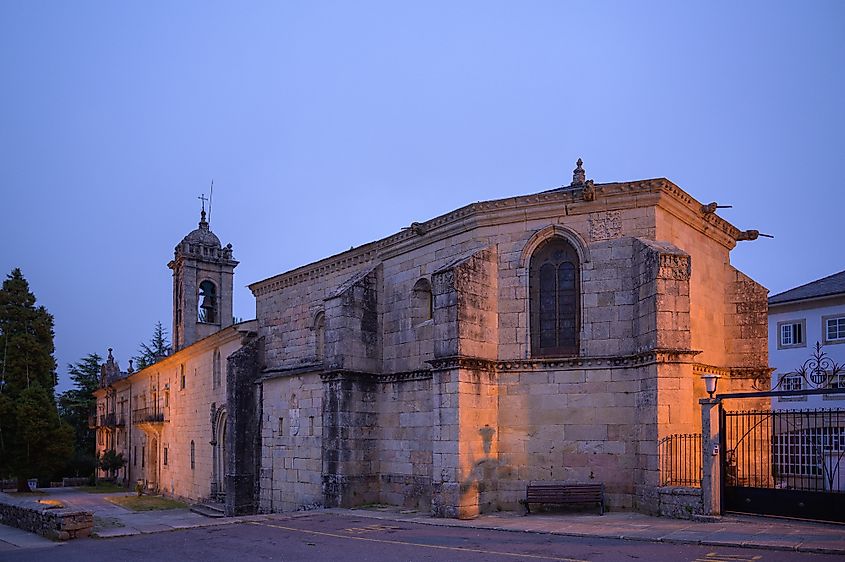
The framework for modern-day Sarria can be traced back to Alfonso IX (1171 - 1230), who founded Vilanova de Sarriá. In fact, the King of Leon and Galicia passed away here, reportedly while taking a pilgrimage on the freshly-formed Camino de Santiago. Because the town was built in support of the spiritual path, many of the oldest structures are churches, such as the humble, 13th-century Iglesia San Salvador. Also founded in the 13th century is the convent of Madalena – built by pilgrims (i.e., Italian monks) for fellow pilgrims to take shelter. It still functions as a pilgrim hostel (albergue) to this day. Other notable sites include the 12th-century Ponte de Áspera (a simple stone bridge built in the romantic style, now a historical landmark), and the remains of a 14th-century castle. These, and other echoes of the medieval and Jacobean eras, are collected in the old quarter on the West side of town.
So, while Sarria's story jumpstarts around the turn of the 12th century, remains of defunct forts and ancient megalithic grave sites dot the landscape, demonstrating the region's importance to many disparate groups over the centuries.
Galician culture stands apart from much of the rest of Spain. Here, Galician is the native language – an eclectic dialect that formed in the 10th century by blending Latin (brought over by the Romans) and the indigenous Celtic and Paraceltic tongues, with additional influences by the Suevians, Visigoths, and Arabs. The resulting Galician is regularly spoken by approximately 88% (and understood by 94%) of those living in the autonomous community of Galicia. Pilgrims and other tourists will still be able to manage just fine by speaking Spanish (i.e., Castilian), and even some English will be functional in many settings.
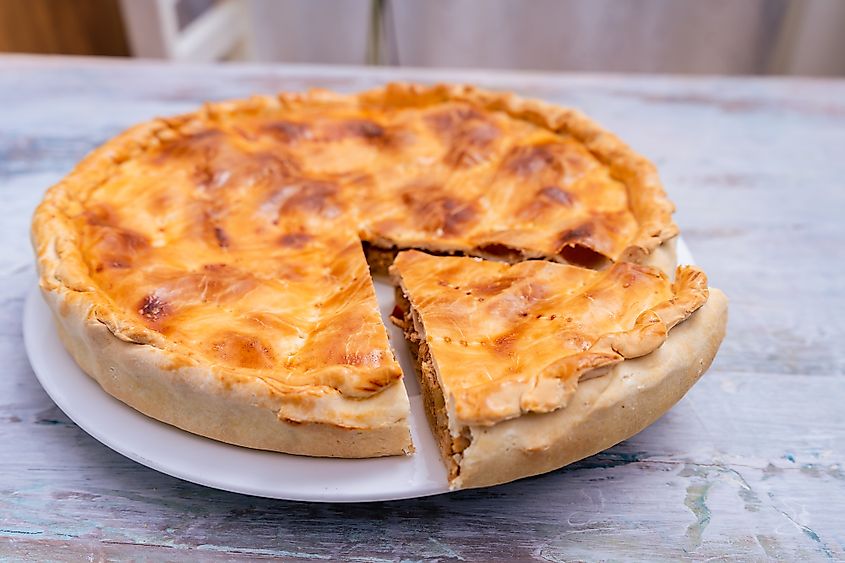
Galician cuisine is another aspect of Sarria that is guaranteed to delight each passerby. Meat eaters should try the Galician veal cutlet, Celtic pork stew, traditional sausages, Galician-style boiled octopus, and even the pizza comes in high regard. Veggiesaurs will appreciate the local mix of beets, turnips, and cabbage (often boiled together into Galician broth). And sweet tooths will love the desserts Queso de membrillo (Galician cheese and quince paste) and filloa (a local crepe that comes in sweet or savory options). Since Sarria has become such a gathering point for both fresh-faced and long-suffering pilgrims, there are lots of patios and terraces to relax at. The local libations of choice are often the region's white wine (Albariño) or the lager beer Estrella Galicia – brewed since 1906.
Other Attractions And Festivities
Pilgrims, regardless if they've walked hundreds of kilometers or have yet to take their first step on the Camino, should head over to the 19th-century Iglesia Santa Mariña to pick up/stamp their pilgrim passport and even receive a special blessing in the evening mass before their departure.
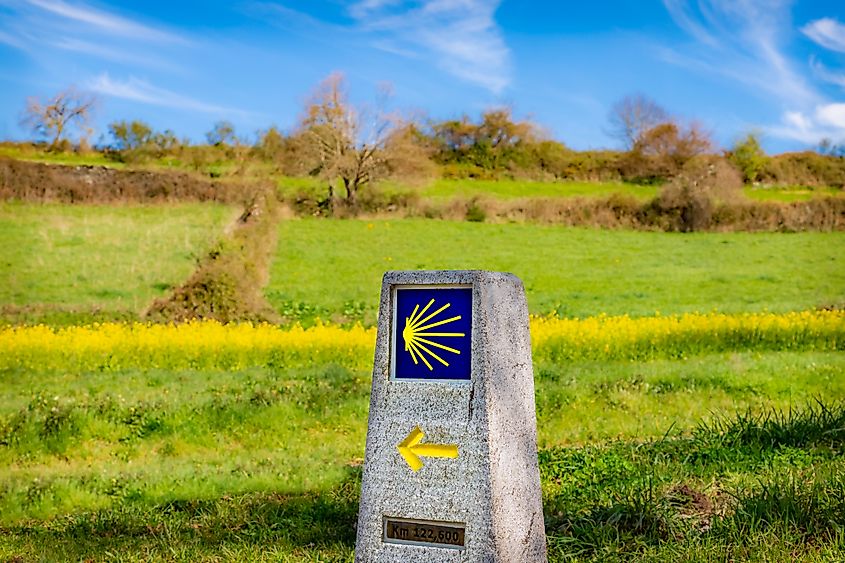
Anyone looking for a change of scenery or a warmup walk before the home stretch to Compostela can head over to the Inicio Ruta das Aceas or Paseo das Aceas, which winds along the Sarria River, passing pleasant waterfalls in the process. The Paseo del Malecon is another nice walk by the river and through the historic center. Best of all, the town has actually laid out a circular walking route that covers all the main highlights.
Sarria also hosts a variety of fun fairs, festivals, and other cultural events across the year. Everything from full-on music festivals (such as Riberlafest), a magic festival, town-wide religious processions, theater productions, a tapas competition (yum!), a chestnut roasting fair (also yum!), Witch's Night (Noite Meiga), and all kinds of other quirky, one-of-a-kind gatherings are put on by this unassuming community.
Spain's serene village of Sarria is a little off-the-beaten-path unless, of course, you are a pilgrim walking said path. This Galician settlement grew from the slopes of the pristine Northwestern countryside, beginning in the 12th century, in service of the Camino de Santiago. Nowadays, those making the trek from St.-Jean-Pied-de-Port, France, have a chance to rest and replenish before rallying for one final week, while many others step off the train from Madrid (or bus from Santiago de Compostela) excited to start their adventure. But given the unique character of this place and its delicate blend of authenticity and creature comforts, Sarria can be enjoyed by anyone traveling throughout Spain, looking for something different.
